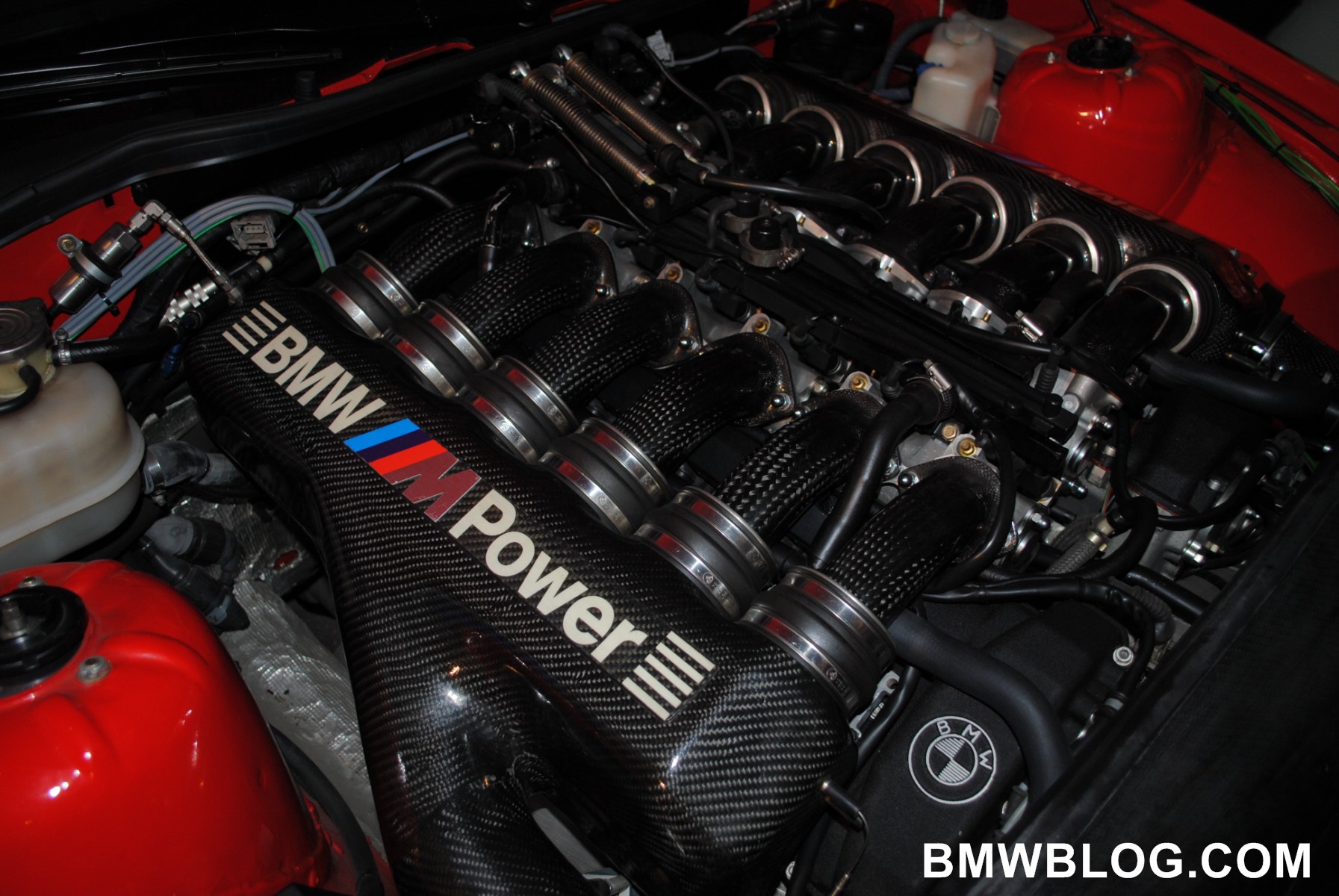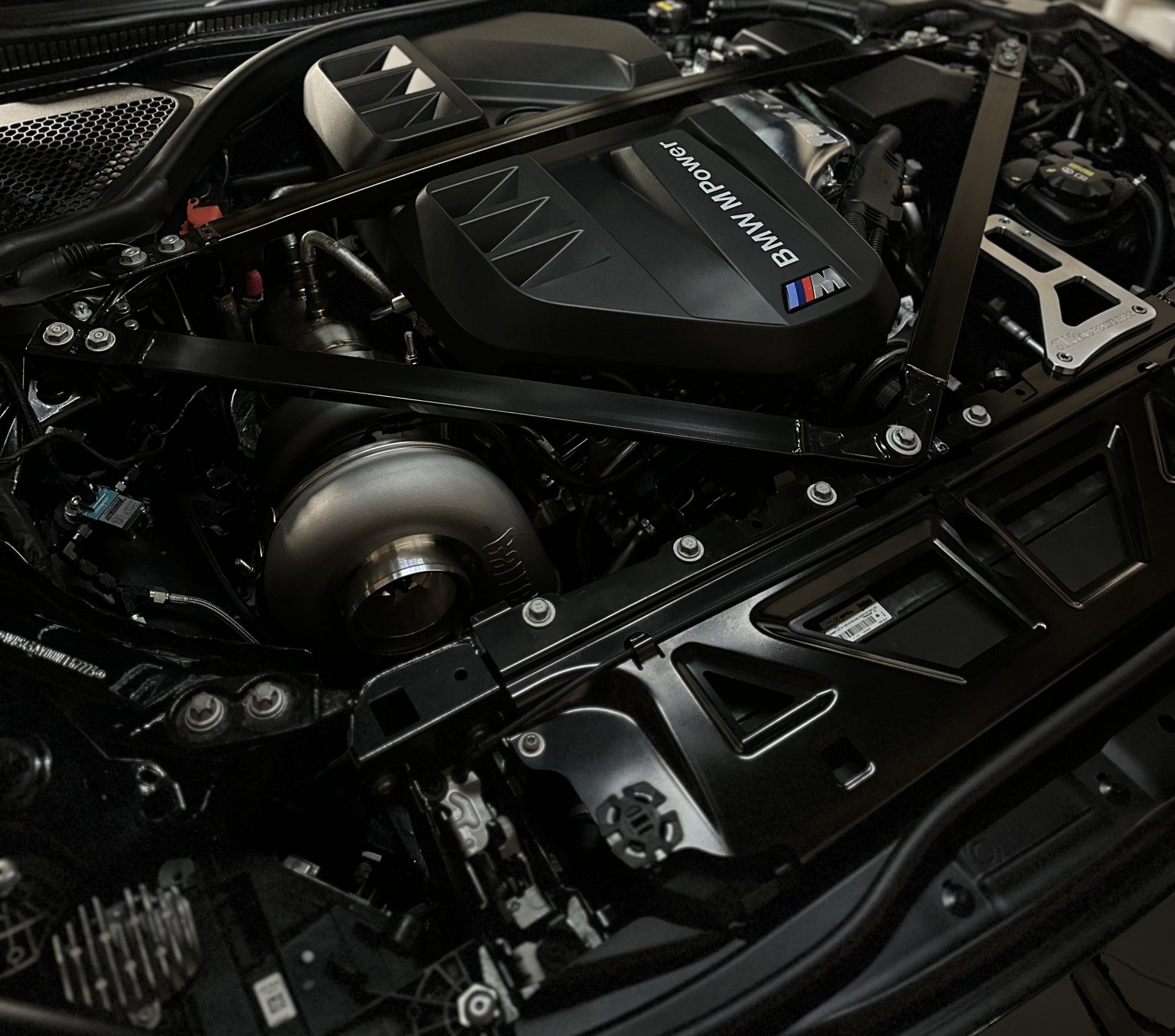Unveiling the Tricks Behind the Power of the BMW Engine
Unveiling the Tricks Behind the Power of the BMW Engine
Blog Article
Checking Out the Development of Burning Engines in Modern Transportation Solutions
As we navigate the landscape of modern transport, the evolution of burning engines stands as a testament to human ingenuity and design prowess. The interplay of background, innovation, and ecological problems in forming the trajectory of burning engines develops a narrative that is both informative and engaging.
Very Early Beginnings of Combustion Engines
Just how did the principle of combustion engines first emerge in the very early phases of transport growth? The roots of combustion engines can be mapped back to the 17th century when the principles of internal burning were first discovered.
The innovation moment came with the creation of the very first effective gasoline-powered engine by Karl Benz in 1885 - bmw engine. This engine led the way for the growth of the modern auto, transforming transport systems worldwide. Succeeding innovations by Nikolaus Otto and Gottlieb Daimler further fine-tuned combustion engine innovation, leading to the mass manufacturing of cars and the quick growth of the transport market
These very early combustion engines were defined by their simpleness and performance, laying the foundation for the complicated and powerful engines used in modern transport systems. The evolution of combustion engines has contributed fit the way we travel and transfer products, noting a substantial milestone in the history of transport development.
Change to Internal Burning Modern Technology
The change to internal burning modern technology marked an essential shift in the development of transportation systems. This shift began in the late 19th century, with inventors like Nikolaus Otto and Gottlieb Daimler establishing the first successful interior burning engines. These engines revolutionized transport by providing a more powerful and efficient choice to steam engines and electrical motors.
Among the crucial benefits of internal burning engines was their capability to be reduced to fit right into lorries, causing the growth of motorbikes and vehicles. This change from bulky, fixed engines to compact, mobile ones paved the method for the modern transportation systems we see today.
The shift to internal combustion innovation also spurred advancements in fuel modern technology, bring about the growth of gas and diesel as primary fuel resources for cars. This shift not only made transportation more easily accessible to the masses yet likewise laid the structure for the oil and gas industry to become important to global economic climates.
Effect of Combustion Engines on Transport
The fostering of combustion engines in transport systems militarized an extensive change in the efficiency and speed of worldwide wheelchair. Combustion engines changed transport by giving a trusted and functional source of power for different lorries, consisting of vehicles, vehicles, planes, and ships. This technology significantly enhanced the ability for people and goods to conform fars away in much shorter timespan, resulting in enhanced connectivity between regions and countries.
Additionally, the widespread use burning engines has had a substantial effect on economic development. The capacity to carry items successfully has actually spurred profession and business, enabling businesses to broaden their markets and get to consumers worldwide. This has actually helped with financial growth and globalization, as products can now be delivered faster and in bigger amounts than ever.
Nevertheless, the ecological influence of burning engines can not be overlooked. The burning of fossil fuels click here for info has actually resulted in air pollution and greenhouse gas discharges, contributing to environment modification and presenting wellness dangers to populaces. bmw engine. As an outcome, there is why not check here a growing focus on developing alternate propulsion modern technologies to alleviate these negative effects and develop an extra sustainable future for transport
Technologies in Burning Engine Style
Numerous advancements in combustion engine layout have moved the advancement of transport systems over the decades. One noteworthy advancement is the development of turbocharged engines, which utilize exhaust gases to drive a generator that compresses incoming air, permitting more gas to be burnt, leading to increased power outcome without a substantial increase in engine size. Furthermore, straight shot modern technology has actually improved fuel efficiency and efficiency by precisely managing the amount and timing of fuel injected right into the combustion chamber. Variable valve timing systems have additionally revolutionized engine design by optimizing air movement at different engine speeds, improving both power and efficiency. An additional substantial innovation is the assimilation of light-weight materials such as carbon fiber and light weight aluminum alloys, lowering total engine weight and boosting vehicle fuel economy. Additionally, advancements in computer-aided design have enabled designers to optimize engine efficiency and effectiveness with simulations before physical prototypes are built, conserving time and resources in the growth procedure. These innovations collectively contribute to the continual improvement of burning engines in modern-day transportation systems.
Future Patterns in Burning Engine Growth
With technology developments driving constant development, the future of combustion engine advancement is positioned to revolutionize transportation systems worldwide. Among the essential fads in burning engine development is the press towards better efficiency and reduced exhausts. Manufacturers are spending heavily in r & d to enhance engine efficiency while fulfilling strict ecological regulations. This includes the assimilation of sophisticated fuel injection systems, improved turbocharging techniques, and the usage of light-weight products to optimize gas consumption and reduce carbon exhausts.
Another prominent fad is the fostering of crossbreed modern technologies in burning engines. Crossbreed engines incorporate conventional combustion technology with electrical power, offering enhanced gas efficiency read here and reduced discharges. As the vehicle market changes in the direction of electrification, hybrid combustion engines are viewed as a transitional option that bridges the void between traditional lorries and fully electrical ones.
In addition, the assimilation of wise technologies, such as fabricated intelligence and data analytics, is anticipated to play a substantial function in the future of combustion engine development. These modern technologies can optimize engine efficiency in real-time, leading to much more effective combustion processes and enhanced general lorry performance. Embracing these future fads will certainly not just drive development in burning engine growth however additionally contribute to a much more environmentally friendly and lasting transport community.

Conclusion
To conclude, the development of combustion engines in modern-day transport systems has actually been marked by significant advancements in modern technology and style. From the early beginnings of burning engines to the change to inner burning innovation, these engines have actually had a profound influence on transportation. Technologies in combustion engine layout continue to drive progress in this area, with future fads concentrating on more improving effectiveness and minimizing discharges. The future of combustion engines in transportation looks appealing as research study and advancement efforts remain to press borders.
The origins of burning engines can be traced back to the 17th century when the concepts of internal burning were initial explored. These engines reinvented transportation by using a more efficient and effective alternative to steam engines and electrical motors.

Report this page